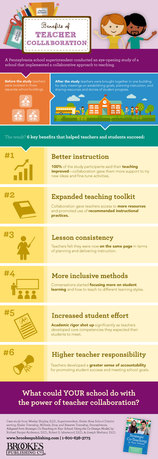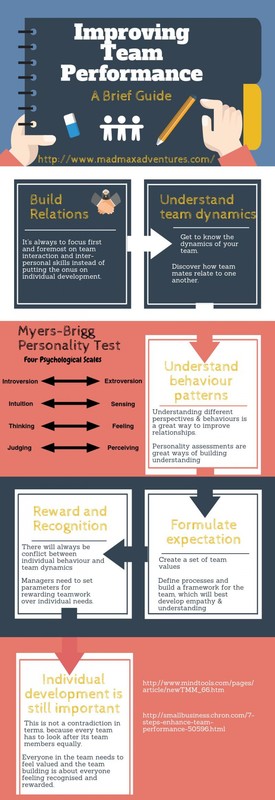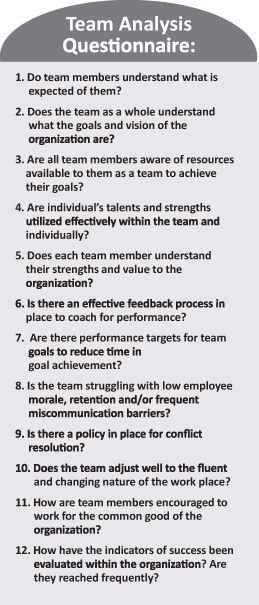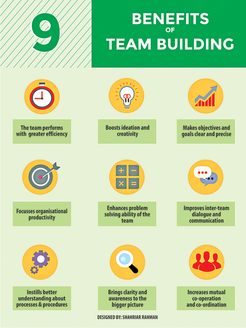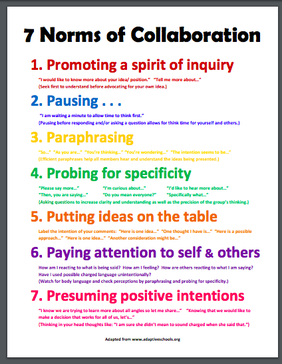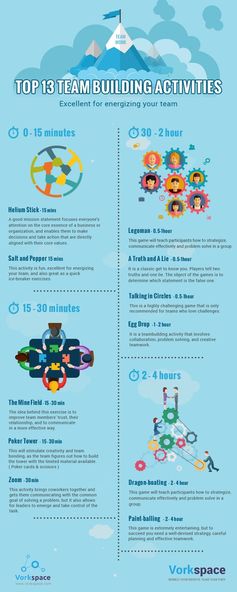Team Building
10 Characteristics of High Performing Teams
13 Characteristics of A High Performing Team- And How Leaders Can Foster Them
Strong Teams, Strong Schools
Team Role Summary Descriptions
The Secret Ingredient That Makes Some Teams Better Than Others
Forming, Storming, Norming, Performing: Understanding the Stages of Team Formation
Forming, Storming, Norming, Performing (resource 2)
Norms of Collaboration Toolkit
13 Characteristics of A High Performing Team- And How Leaders Can Foster Them
Strong Teams, Strong Schools
Team Role Summary Descriptions
The Secret Ingredient That Makes Some Teams Better Than Others
Forming, Storming, Norming, Performing: Understanding the Stages of Team Formation
Forming, Storming, Norming, Performing (resource 2)
Norms of Collaboration Toolkit
Collaboration
Seven Norms of Collaboration: Full Toolkit 2017
6 Skills Needed for Effective Collaboration
Being a Team Player: Collaboration with Colleagues
High Quality Collaboration Benefits Teachers and Students
Seven Norms of Collaboration: Full Toolkit 2017
6 Skills Needed for Effective Collaboration
Being a Team Player: Collaboration with Colleagues
High Quality Collaboration Benefits Teachers and Students
Setting group norms/ground rules
Setting group norms
Guide for setting ground rules
How to create team norms
10 Ground Rules for Meetings
Setting group norms
Guide for setting ground rules
How to create team norms
10 Ground Rules for Meetings
Brainstormed list of norms
|
Ensure equity of voice.
Practice active listening. Maintain confidentiality. Be open to new ideas. Monitor personal technology. Safety to share different perspectives. Take responsibility for your learning. Be honest and share what we think and feel. Participate in the conversation. |
Take responsibility to get our voices in the room.
Focus on the task. Think creatively and comprehensively. Treat one another as equals. Get our work done here and between meetings. Listen when others speak. Be here and be on time. Bring humor to the table. Balance advocacy with inquiry. |
Value the contributions of all.
Acknowledge each other's successes. Stay focused on meeting outcomes. Commit to continuous improvement. Continuously assess our productivity. Reflect in order to move forward. Work toward solutions. Meet commitments or let others know if you are struggling to do so. Embrace change when appropriate. |
Getting to Know You/Icebreaker/Team-Building Activities
Twelve Tips for Team Building
Team Development (Tuckman Model)
Team-Building Exercises
School Staff Scavenger Hunt
Teacher Team Building Activities
60+ Free Team Building Activities
Minute to Win It Activities

